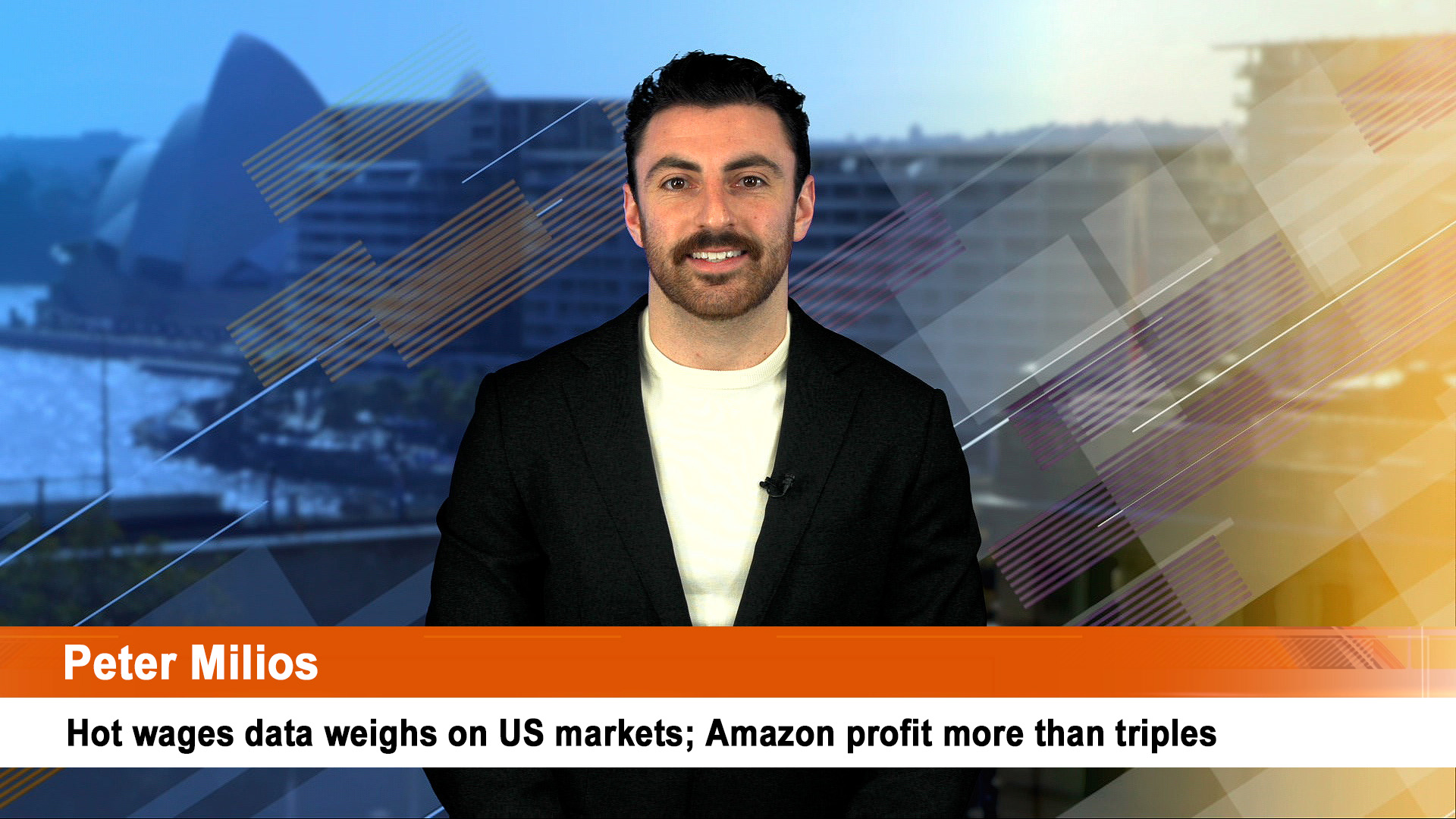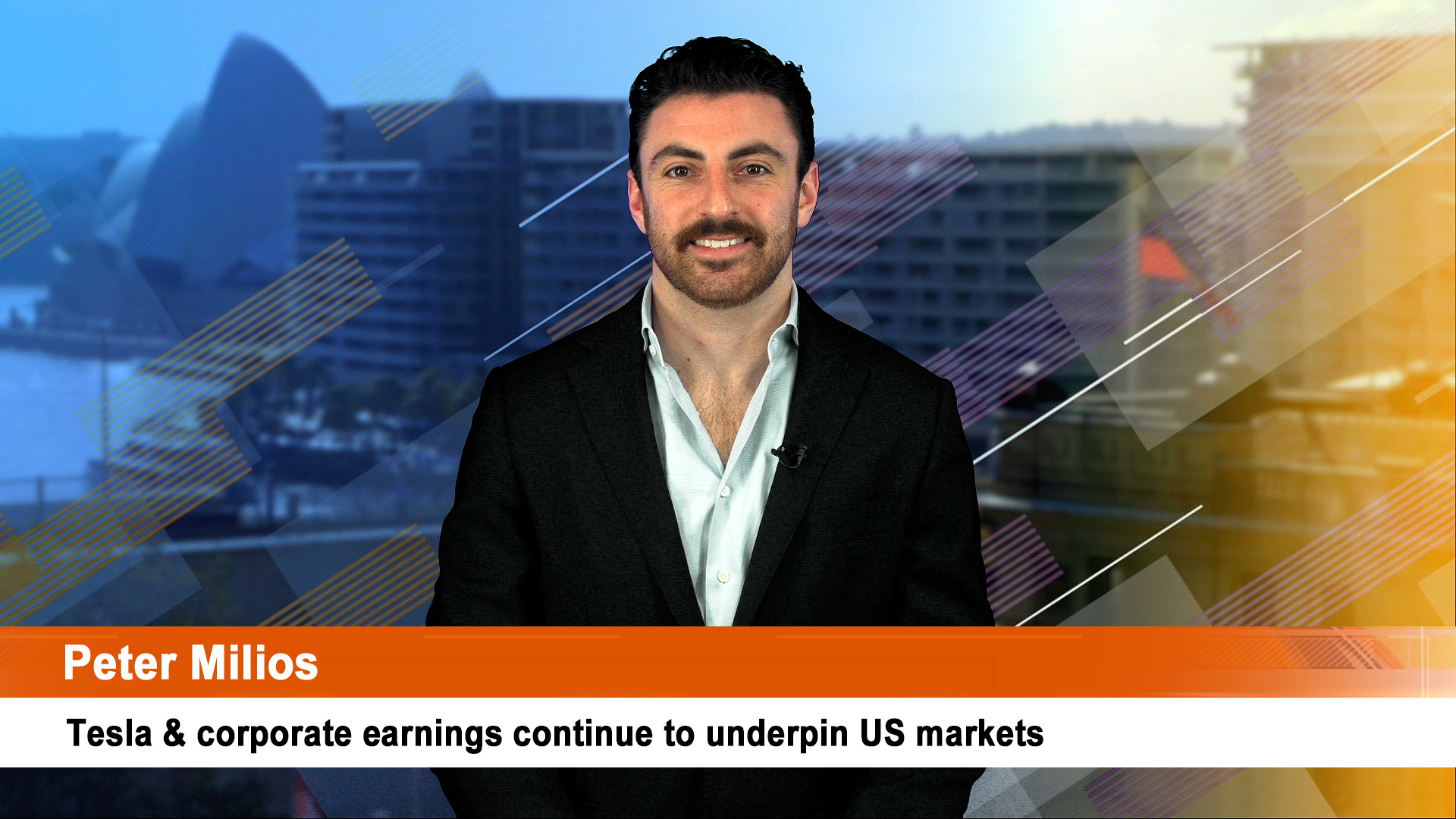Pandemic-related damage popped up in a couple of interims from retail groups on Monday, while Sonic Healthcare’s good run may just be petering out and A2 Milk’s luck about to turn.
…………
As forecast a couple of weeks ago, Adairs (ASX: ADH) saw profits plunge 60% to $17.6 million thanks to a slew of higher costs, including a more than quadrupling increase in the cost of warehousing and logistics due to supply chain issues.
Adairs, which also acquired sofa retailer Focus during the half, told investors that the business had experienced a number of “one-off operational disruptions” which had hurt its financial position for the half.
This included an estimated $17.5 million in supply chain related costs as the pandemic continues to weather logistics both locally and internationally.
Sales across the business stayed flat, easing 0.5% to $241.8 million for the half.
Interim dividend was chopped by a third to 8 cents a share from the 13 cents paid out a year earlier.
CEO Mark Ronan said the result was good considering circumstances.
“The first half of 2021-22 brought significant one-off operational disruptions related to COVID-19 which impacted our portfolio of brands and our overall financial results,” he said.
“Despite this we continued to progress our strategic priorities with Adairs’ National Distribution Centre commencing operations, two new stores opened, four stores upsized, continuing range expansion with pleasing results and continued investment in digital capabilities.”
While sales through the start of the new half were up more than a third on a topline basis across the group, on a same store or like for like basis, they were down 0.3% as the impact of Covid Omicron linger.
The shares slid 6.1% to $2.91 on Monday even though the downgrade made clear the damage in a release on January 24.
…………
And Brisbane-based Super Retail (ASX: SUL) had a similar story to one we got from Adairs.
Super directors chopped its interim by close on 25% after weak sales saw a slide in earnings for the December half.
Super will pay a still solid 27 cents a share which was well under the 33 cents a share paid out the year before.
Super Retail reported a 4% slide in sales through the first half of the financial year, down to $1.7 billion.
Online sales up 64% to $389 million with more than half that figure (58%) made up of click and collect orders from stores.
Net profit after tax was down almost 36% to $110 million, due in part to Super Retail comparing against a record result in the prior corresponding half.
Higher costs and the impact of Covid related closures in some markets also played a big part in the weak result.
The company said costs were higher across the business due to supply chain disruptions, and margins weakened as the company reintroduced more discounts as consumer demand waned.
CEO Anthony Heraghty said he was pleased with the business’ top line performance given the COVID-induced disruption in the half.
“After COVID-19 lockdowns disrupted trade in the first quarter, we delivered a fast finish to the half, achieving a record second quarter sales result. Our omni-retail capability and execution has been key to meeting consumer demand, underpinning a record digital sales performance driven by uptake in Click & Collect,” he said.
“We entered the second half with strong sales momentum, which has continued in the new calendar year. Looking forward, the Group will continue to reinvest in the business, including digital, loyalty and network to execute our strategic priorities and grow our four core brands.”
Like Adairs there was an improvement in the first weeks of the June half.
Super said sales across the business were up 6% in January (on a like for like basis) with all segments reporting gains bar Rebel, which saw a 2.4% fall thanks to having a higher number of shopping centre locations than the company’s other chains, such as Super Cheap Auto.
All this didn’t impress investors who sold off the shares by more than 9% on Monday and they closed at $11.63.
…………
Few sectors and companies operating within it are as directly hooked to the Covid pandemic in its various forms than pathology services.
Only PE gear making companies – such as Ansell – would be as closely tied to the pandemic’s impact and the need to fight it and prevent its spread.
It’s been test, test, test and protect, protect, protect for the past two years.
But now that things are opening up (such as Australia’s borders yesterday, and WA next month), testing will be taking a step back here, as it is doing offshore in some of the markets where Sonic Healthcare (ASX: SHL) has been making a lot of money (the US for instance).
Monday’s interim result from Sonic was nice history with another solid result for revenues, profits and dividends.
But there were hints of a slowing in demand for its testing services as countries move from the so-called ‘gold standard’ PCR test to RATs and others (breath monitors are said to be the next testing idea).
Sonic lifted its interim 4 cents to 40 cents a share for the December half after reporting net profits of $835 million for the six months.
That was up 22% on the $678 million reported for the December, 2020 six months.
Stripping out the boost from Covid-19 tests, Sonic said revenue from its base business rose by 4.3% compared to a year earlier after the impact of currency swings was excluded.
Sonic said margins in its laboratory division rose to 34.3% in the half year, from 30.8% a year earlier.
“Sonic’s Radiology business reported 7% Ebitda growth, including contributions from acquisitions,” the company said in a regulatory filing. “Radiology margins were lower due to pandemic impacts and the relatively low margin of the acquired EMI business.”
The performance was once again driven by COVID testing, while the company’s base business saw revenue growth of 4.3%.
Revenues in Australia and New Zealand showed the strongest growth, up 38% to $1.4 billion for the period after the great PCR testing boom in the Delta lockdowns late last year and then the early stages of the Omicron variant’s rise (which eventually overwhelmed PCR testing and forced the start of widespread use of RATs (or Rapid Antigen Tests).
But the most important figures in the report (for the outlook) came in the US where revenues dropped 8.7%. Revenues were up just 1% in Europe.
Sonic confirmed in the ASX report that COVID-related testing was slowing down in those markets.
The company didn’t provide earnings guidance but noted that in February, virus testing numbers remain strong in Europe but have slowed in Australia and the US.
That’s the big news for the outlook. It looks like being a sluggish second half, although some analysts think the company will be helped by the return to regular pathology and surgery testing in various countries as the Covid wave impacts subside.
To support the share price as the the testing boom fades, Sonic says it will run a share buyback that could purchase up to $500 million worth of shares. It justified the buyback because its gearing (debt to equity) ratio had fallen to record lows.
The shares eased 3.6% on Monday to $36.25. That buyback may be needed in coming months.
…………
And well away from pathology, noses, masks and mass testing, the current weak fortunes of one-time boom stock, A2Milk (ASX: A2M) were on display yesterday with a very subdued set of figures for the six months to December which were, it must be said, a direct casualty of the pandemic and the savage lockdowns in Australia, NZ, China and other markets over the past two years.
For several years A2 and its various milks had boomed off the back of the surge in Chinese sales – both directly and through the tourist-based daigou channels.
But Covid and closed international borders destroyed that model very quickly in 2020 and A2 has been slow to fix up and fill in the holes in its strategy.
A2 reported that net profits for the six months to December halved to $NZ56 million as the company gets into a new China strategy outlined in October.
The specialist milk and infant formula maker revealed its earnings before interest, taxes, depreciation and amortisation (EBITDA) slumped more than 45% to $NZ98 million.
Group revenue fell 2.5% to $NZ660.5 million and the larger falls in earnings tells us just how deep the damage to profit margins were in the half.
The company said its Australia and New Zealand markets were hit hardest, with operating segment revenue dropping by 10.7% in the December half to $NZ283 million.
Operating revenue in China and other Asian markets fell by 6% to $NZ306 million and revenue from the US dropped 5.2% to $NZ32 million.
“Despite challenging market conditions in China and COVID-19 volatility, we are making good progress stabilising the business,” said A2 Milk CEO David Bortolussi said in the statement.
He said the first-half result was in line with expectations and put the company in good stead to deliver revenue growth for the overall financial year.
The daigou channel, of which A2 Milk’s chairman had previously said the business would be leaning less heavily on moving forward, is also seeing a bounceback, he said.
But while the company declined to put figures on full year revenue and EBITDA performance, the tone of the outlook commentary wasn’t buoyant.
A2 said its “outlook for 2H22 revenue has improved. It is still expected to be significantly higher than 2H21, and with growth now expected on 1H22 and for FY22, ahead of initial expectations due mainly to growth in China label and English label IMF.”
“However, this revenue improvement is not expected to translate into higher earnings as the Company significantly increases brand and other reinvestment consistent with its growth strategy.
“Whilst there is trading upside and downside potential, COVID-19 impacts on supply chain have increased and are a key risk in 2H22 in addition to other industry and business risks previously disclosed,” the company noted.
That all saw investors reckon the company’s fortunes may have reached their lows and they chased the shares up more than 11% on Monday to where they closed at $5.89.













